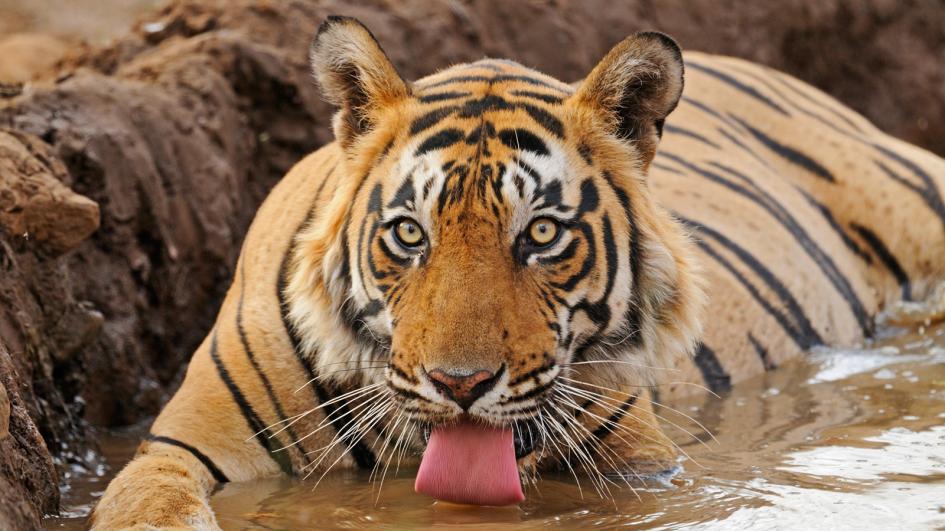Urbanisation may hold key to survival of tigers
A new study led by WCS, published in the journal Biological Conservation says the future of tigers in Asia is linked the path of demographic transition, for humans.

Washington DC: A new study led by WCS, published in the journal Biological Conservation says the future of tigers in Asia is linked the path of demographic transition, for humans.
The study marks the first-of-its-kind analysis that overlays human population scenarios with the fate of endangered big cats.
Prior to the 20th century, experts estimate there were more than 100, 000 tigers living in the wild. Today, the numbers have dwindled to a number between 3,000 and 4,000. At the same time, over the last 150 years, the human population of Asia has grown from 790 million to over 4 billion. This in turn has had disastrous effects on tigers and other wildlife.

Also Read |
Meghalaya Cabinet approves draft water policy
However, these trends are changing. The demographic transition is the process by which human populations peak and then go down.
The researchers looked at different scenarios of economic, education, migration, and urbanisation policy. In 2010, 57 million people lived in areas defined as "tiger conservation landscapes" that contained all of the world's remaining wild tigers. However, by 2100, depending on population trends, as few as 40 million people could be sharing space with tigers, or it could be as many as 106 million.
The study says different population scenarios depend on the course of the demographic transition. Over the long-term, the scenarios associated with the lowest human populations are also associated with the greatest levels of urbanisation and education. At the same time, urban consumption is the source of many of the threats to tigers. Therefore, the authors say conservation authorities must engage with people in cities to save tigers, while continuing to support site-level protection efforts around tiger source sites.
Speaking about it, lead author Eric Sanderson, Senior Conservation Ecologist with WCS said, "Urbanisation and the subsequent human demographic transition is arguably the most important historical trend shaping the future of conservation. How that transition plays out is not pre-determined. Rather it depends on the policy decisions that governments, and the societies they represent, take with respect to fundamental matters such as urban governance, education, economic reform, and the movement of people and trade goods. These decisions matter for us and tigers too."
Also Read |
India has launched National Action Plan for conservation of migratory birds: Prakash Javadekar

Co-author and WCS Senior Vice President of Field Conservation Joe Walston added, "If we want a world with tigers, forests, and wildness to persist beyond the 21st century, conservation needs to join forces with groups working to alleviate poverty, enhance education for girls, reduce meat consumption, and build sustainable cities."
Co-author Professor Bryan Jones of Baruch College further added that the demographic futures, and the socioeconomic causes and consequences are notoriously difficult to predict. Jones added, "As such, biophysical futures are similarly fraught with uncertainty. Understanding the consequences of different pathways, driven in large part by policy decisions, is crucial to developing a conservation strategy to protect the planets most endangered habitats. Our ability to understand the future will depend in part on how well we understand urbanization, in terms of both land use and demographic behaviour."
The paper builds on a WCS study in 2018 found that the enormous trends toward population stabilisation, property alleviation, and urbanisation are rewriting the future of biodiversity conservation in the 21st century, offering new hope for the world's wildlife and wild places.(ANI)
 Dynamite News
Dynamite News 